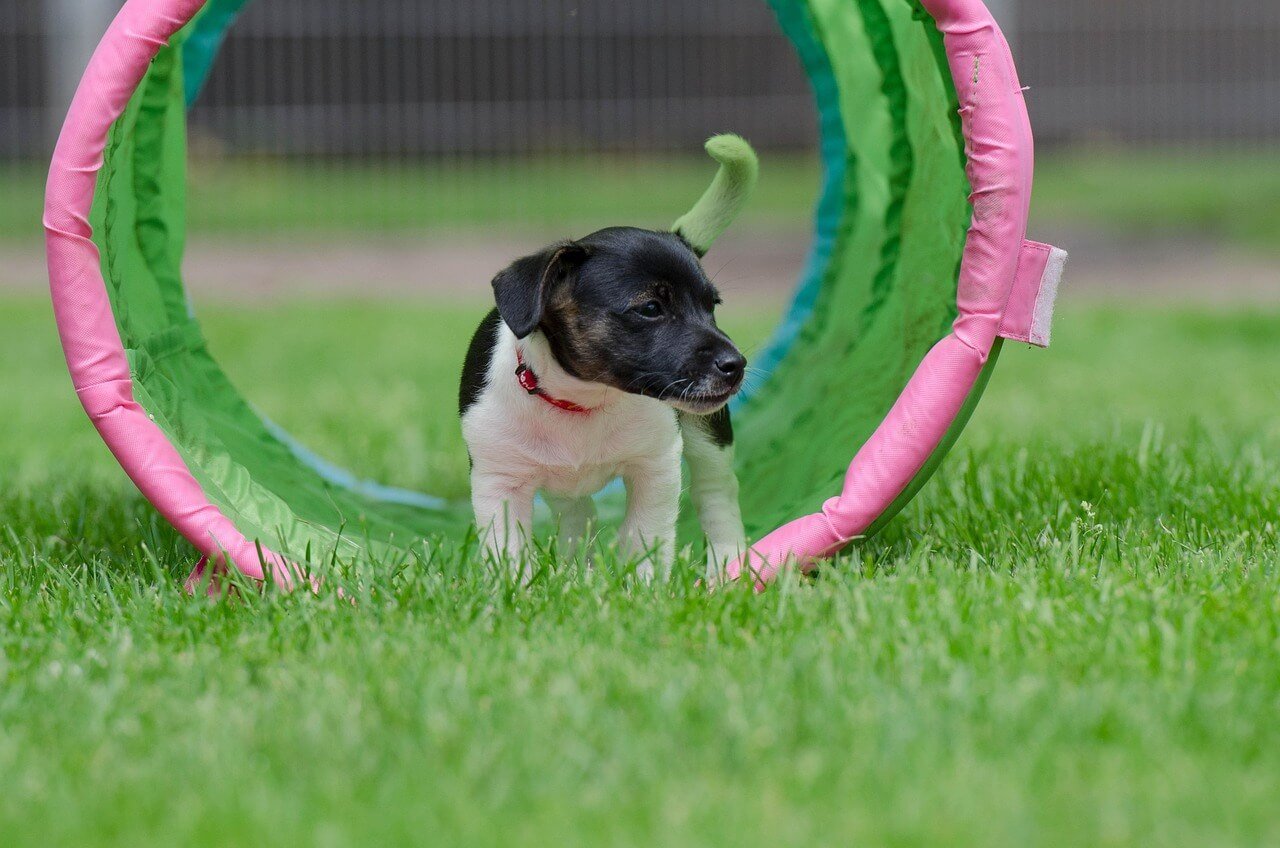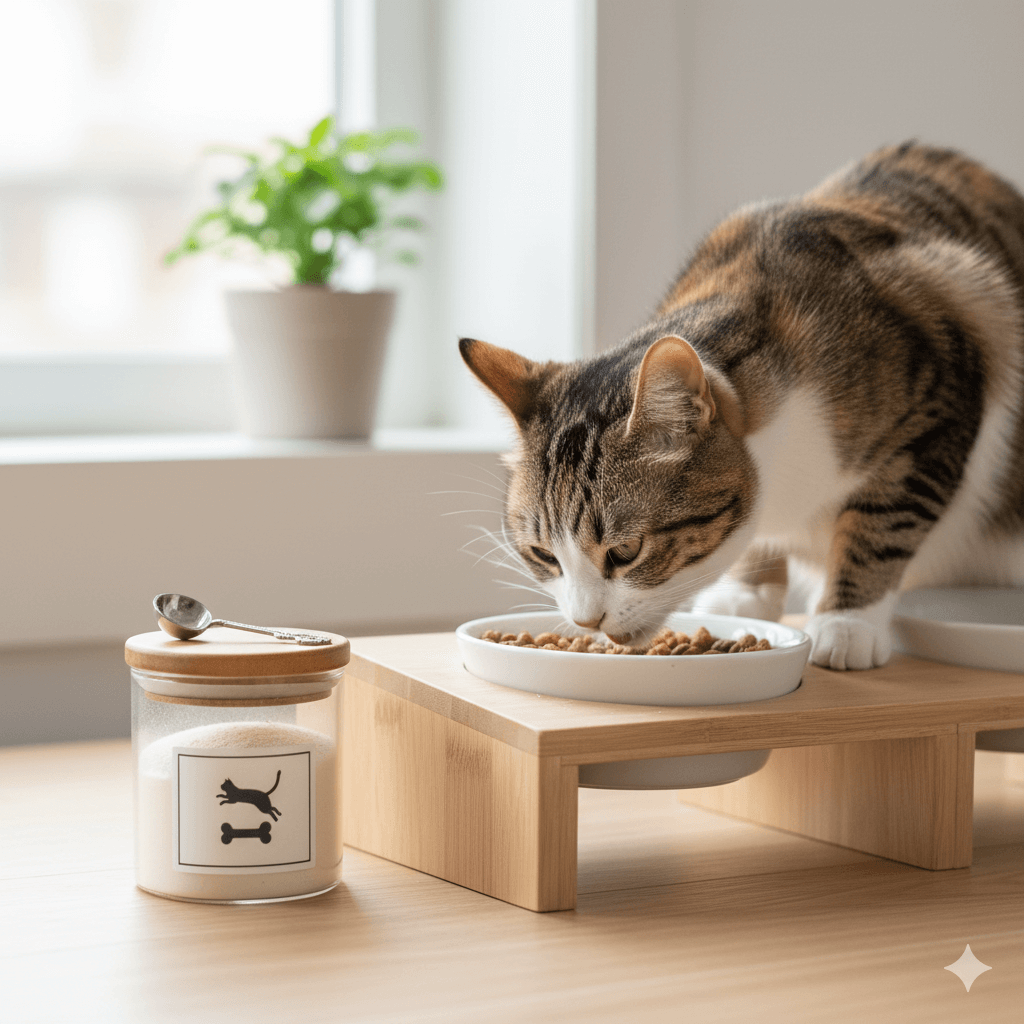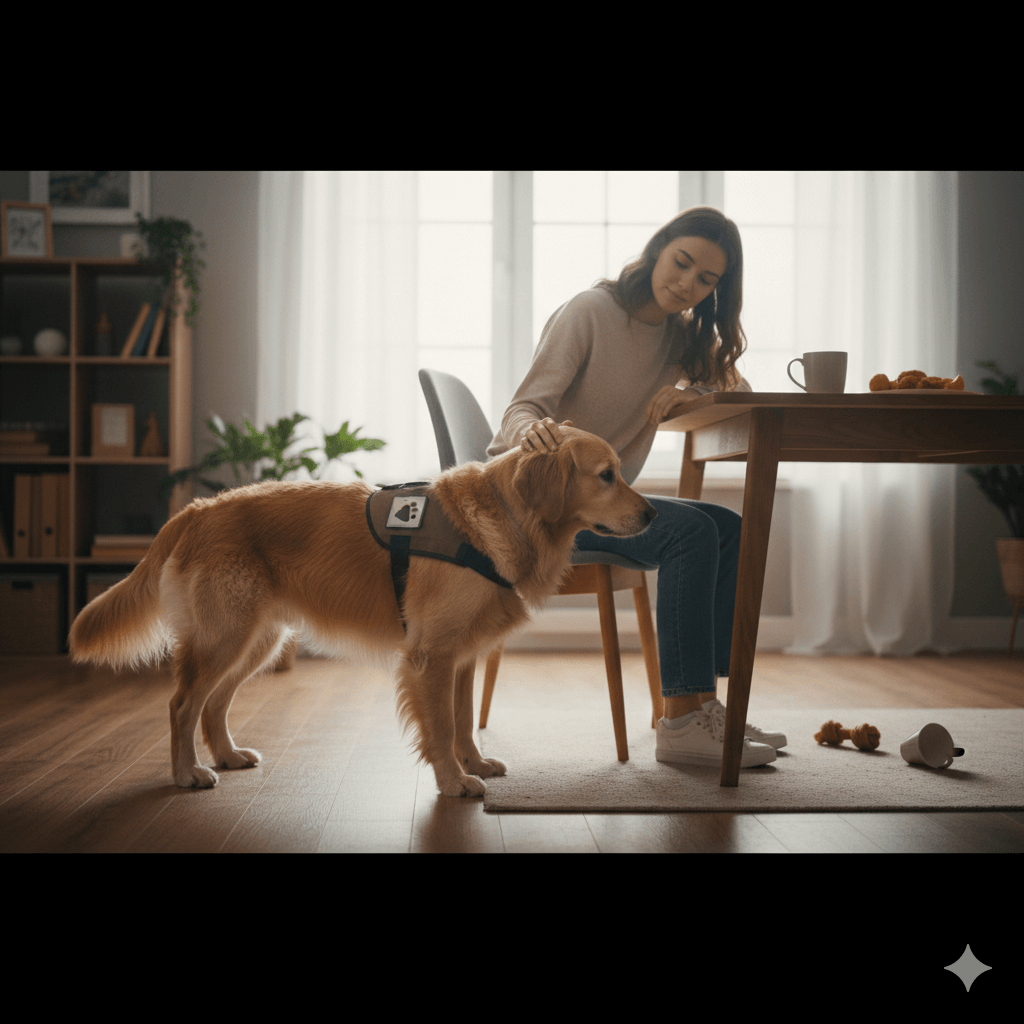Can Dogs Eat Vanilla Cake? A Sweet Treat or a Risky Indulgence?
Vanilla cake is a classic dessert that brings joy to many occasions, from birthdays to casual family gatherings. But what happens when your furry friend gives you those big, pleading eyes while you’re slicing a piece? As a responsible pet owner, it’s natural to wonder whether vanilla cake is safe for dogs. While the occasional small bite might not harm most dogs, there are important factors to consider before sharing your sweet treats. From potential allergens to hidden ingredients like sugar and dairy, understanding the risks and benefits is key to ensuring your dog stays happy and healthy. In this guide, we’ll explore everything you need to know about feeding vanilla cake to your canine companion.
Key Ingredients in Vanilla Cake: What’s Safe and What’s Not?
Before offering your dog a piece of vanilla cake, it’s essential to examine its ingredients. Some components are harmless in moderation, while others can pose serious health risks. Here’s a breakdown of common vanilla cake ingredients and their effects on dogs:
Vanilla Extract : Pure vanilla extract contains alcohol, which is toxic to dogs. Opt for alcohol-free versions if baking for your pet.
Sugar : High sugar content can lead to obesity, dental issues, and diabetes in dogs. Limit sugary treats whenever possible.
Butter and Dairy : Many dogs are lactose intolerant, so butter and milk-based products may cause digestive upset.
Flour : Plain flour is generally safe, but ensure it hasn’t been contaminated with harmful additives during baking.
Eggs : Cooked eggs are safe and nutritious, but raw eggs can carry bacteria like salmonella.
Understanding these ingredients will help you make informed decisions about sharing vanilla cake with your dog. Always prioritize simplicity and moderation.
Safe Alternatives to Vanilla Cake for Dogs
If you want to treat your dog without the risks associated with vanilla cake, consider healthier alternatives that are both safe and delicious. These options allow you to indulge your pup without compromising their health.
Peanut Butter Bites : Made with dog-safe peanut butter (no xylitol), these treats are rich in protein and flavor.
Pumpkin Muffins : Use unsweetened pumpkin puree and whole wheat flour for a nutritious snack.
Frozen Yogurt Drops : Opt for plain, unsweetened yogurt and freeze it into bite-sized portions for a refreshing treat.
Banana Oat Cookies : Combine mashed bananas and oats for a simple, wholesome snack.
Homemade Dog Cake : Bake a cake using dog-friendly ingredients like applesauce, carrots, and coconut oil.
These alternatives provide a guilt-free way to celebrate special occasions with your dog while keeping their dietary needs in mind.
Check this guide 👉Can Dogs Eat Blue Cheese? Best 7 Expert Tips!
Check this guide 👉Can Dogs Eat Honey? Best 7 Health Tips!
Check this guide 👉Can Dogs Eat Cucumber Seeds? Best 7 Expert Tips!

Ingredients to Avoid in Dog Treats | Dog-Safe Ingredients for Homemade Treats |
|---|---|
Chocolate | Plain flour |
Xylitol (Sugar Substitute) | Unsweetened applesauce |
Alcohol (in extracts or flavorings) | Natural peanut butter |
Artificial sweeteners | Plain yogurt |
Grapes or raisins | Cooked eggs |
Signs Your Dog May Have Eaten Too Much Vanilla Cake
Even if vanilla cake seems harmless, overindulgence can lead to discomfort or health issues in dogs. Recognizing the signs of distress early can help you address any problems promptly.
Vomiting or Diarrhea : Often caused by dairy intolerance or excessive sugar intake.
Lethargy : A sign that your dog’s body is struggling to process unfamiliar ingredients.
Bloating or Gas : Common after consuming high-fat or high-sugar foods.
Excessive Thirst or Urination : Indicates a spike in blood sugar levels from sugary treats.
Allergic Reactions : Look for symptoms like itching, swelling, or difficulty breathing.
If you notice any of these signs after your dog eats vanilla cake, consult a veterinarian immediately to ensure their well-being.
Tips for Safely Sharing Vanilla Cake with Your Dog
If you decide to share a small piece of vanilla cake with your dog, follow these tips to minimize risks and ensure their safety.
Check for Harmful Ingredients : Ensure the cake doesn’t contain chocolate, xylitol, or alcohol-based flavorings.
Offer a Small Portion : Stick to a bite-sized piece to avoid overwhelming your dog’s digestive system.
Monitor for Reactions : Keep an eye on your dog for any adverse reactions after eating the cake.
Avoid Frosting : Frosting often contains high amounts of sugar and dairy, which can upset your dog’s stomach.
Consider Homemade Options : Baking a dog-friendly version of vanilla cake gives you full control over the ingredients.
By following these guidelines, you can safely share a sweet moment with your dog without compromising their health.
What Makes a Treat Safe for Dogs?
When preparing or purchasing treats for your dog, it’s important to focus on ingredients that are both nutritious and safe. Here are some commonly used components in dog-friendly recipes that you can trust:
Oats : A great source of fiber that supports digestion and is gentle on the stomach.
Pumpkin : Rich in vitamins and helps regulate digestion, especially for dogs with upset stomachs.
Carrots : Low in calories and high in beta-carotene, promoting healthy eyesight and skin.
Coconut Oil : Contains medium-chain triglycerides that support skin health and boost energy levels.
Blueberries : Packed with antioxidants, these tiny fruits are a tasty and healthy addition to dog treats.
Using these wholesome ingredients ensures your dog enjoys delicious snacks without compromising their health. Always opt for natural, unprocessed options when possible.
How to Tell if Your Dog Enjoys Sweet Treats
Some dogs naturally gravitate toward sweet flavors, while others may not show much interest. Understanding your dog’s preferences can help you tailor their treats appropriately.
Begging Behavior : If your dog frequently begs for dessert, they might have a sweet tooth.
Excitement Around Fruits : Many dogs love fruits like apples or bananas, which indicates a preference for sweetness.
Curiosity About Human Food : Dogs that sniff or try to steal sweet foods may enjoy sugary flavors.
Licking Their Lips : This behavior after eating something sweet suggests they find it appealing.
Refusal of Savory Snacks : If your dog turns up their nose at meat-based treats but loves fruit, they likely prefer sweeter options.
While it’s okay to indulge your dog’s sweet tooth occasionally, always prioritize healthy, dog-safe alternatives over sugary human desserts.
Creative Ideas to Include Your Dog in Celebrations
Special occasions like birthdays or holidays are a great opportunity to include your furry friend in the festivities. With a little creativity, you can make these moments memorable and safe for your dog.
Doggy Birthday Cake : Bake a small cake using dog-safe ingredients like peanut butter, pumpkin, and oats.
Themed Costumes : Dress your dog in a fun, comfortable outfit that matches the occasion’s theme.
Photo Shoots : Capture adorable moments with your dog wearing festive accessories like bandanas or hats.
Outdoor Adventures : Plan a special hike, trip to the park, or backyard playtime to celebrate together.
DIY Treat Bags : Create personalized treat bags filled with homemade dog-safe goodies as party favors.
Celebrating with your dog strengthens your bond and creates lasting memories. Just ensure all activities and treats are tailored to their needs and preferences.
Frequently Asked Questions About Dogs and Vanilla Cake
Is vanilla cake toxic to dogs?
Vanilla cake itself isn’t inherently toxic, but certain ingredients like sugar, dairy, and alcohol-based extracts can cause issues.
Can I give my dog a piece of store-bought vanilla cake?
It’s best to avoid store-bought cakes, as they often contain unhealthy or harmful additives. Opt for homemade dog-safe alternatives instead.
What should I do if my dog eats too much vanilla cake?
Monitor for symptoms like vomiting, diarrhea, or lethargy. Contact your vet if you notice any concerning signs.
Are there any dog-safe frostings?
Yes, you can make dog-safe frosting using ingredients like plain yogurt or mashed bananas.
How often can I give my dog vanilla cake?
Vanilla cake should only be given occasionally, as frequent indulgence can lead to weight gain and other health issues.
Treat Your Dog Responsibly: Moderation is Key
While the occasional bite of vanilla cake won’t harm most dogs, it’s crucial to approach sharing human food with caution. Always prioritize your dog’s health by choosing safe, dog-friendly alternatives and avoiding harmful ingredients. By understanding the risks and benefits, you can enjoy special moments with your furry friend without compromising their well-being. Remember, a happy dog is a healthy dog—so keep treats minimal and focus on balanced nutrition for a long, joyful life together.
Understanding Bone Supplement for Cats: Best 7 Expert Tips! – Safe, vet-approved guidance for strong feline bones & balanced nutrition.
Bone Supplement for Dogs: Best 7 Expert Tips! – Expert guide to calcium, collagen & bone health for every life stage.
Understanding Can Cats Get Sunburn: Best 7 Expert Tips! – Protect your feline from UV damage with vet-backed prevention strategies.
How to Train a Seizure Alert Dog: Best 7 Expert Tips! – Learn expert-backed steps to nurture natural instincts into reliable, life-saving seizure alerts.





